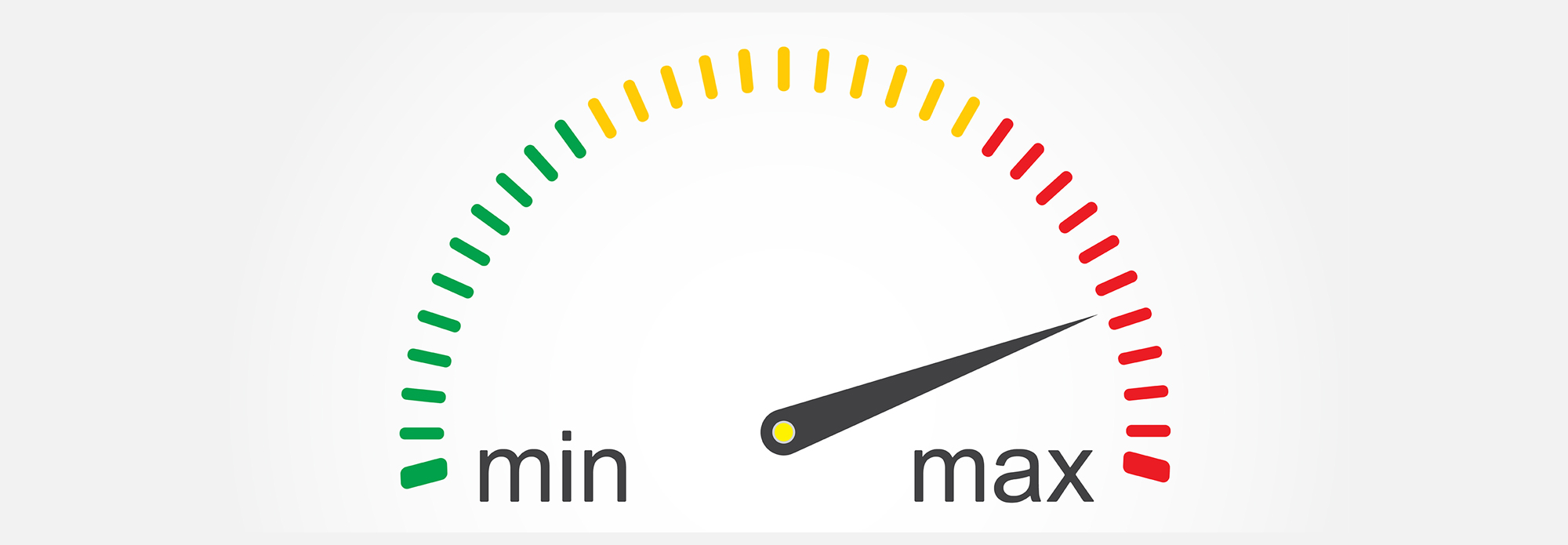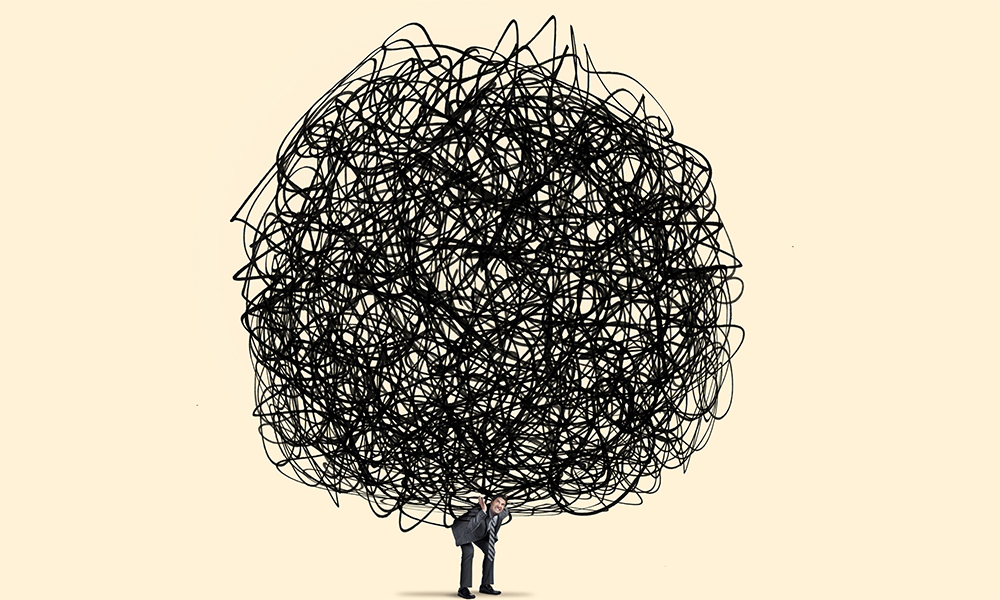Many leaders extol the virtues of team members giving their 110%. Working long hours, burning the midnight oil and graveyard shifts. have traditionally been the benchmark of commitment and loyalty. Unfortunately, in spite of this push to frenzy we are not seeing significant increases in productivity, and it is leading to a burnout epidemic.
I recently came across the 85% rule that changed my understanding of how optimal effort can lead to maximum performance.
The origin of the 85% rule can be traced back to sprinter Carl Lewis, winner of nine Olympic gold medals. Known to be a slow starter, Lewis was usually found trailing at the back around the 40-metre mark. And yet, by the time the 100-metre race came to a close, he was routinely in the lead. So, what was his secret?
The answer, interesting, lay in what Lewis wasn’t doing. As they neared the finish line, the other runners were clearly pushing themselves to the limit — teeth gritted, fists clenched, faces drawn with effort. Lewis, on the other hand, wasn’t straining himself to the utmost. Instead, he ran the entire race in the same way — cool, composed, collected. His strategy? To perform not at peak intensity, but slightly below it.
The sprint coach who made it his mission to study Lewis’ winning approach would go on to describe it as the “85% rule”. Essentially, this means operating slightly below the threshold of maximum effort in order to optimize performance.
Beyond athletics, the 85% mindset is also incredibly useful at the workplace — especially for managers seeking to build high-performing teams that can go the distance.
At first glance, the 85% rule seems somewhat counterintuitive. How can putting in less than 100% yield better results? After all, the traditional formula for success is maximum effort = maximum results. Which is why so many managers continue to default to maxims like “no pain, no gain”, “give it a 110%”, and so on.
But is continually operating at full throttle really the most effective strategy? Burnout, as we know, is a serious problem in the corporate world. According to a recent McKinsey study, India has one of the highest burnout rates in the world, with nearly 40% of employees reporting symptoms. Alarming rates of burnout have also been noted in other high-pressure work cultures, including Japan and the US. The costs of burnout — disengagement, underperformance, health problems, absenteeism, and attrition, to name a few — are borne by employees and employers alike.
Forward-thinking companies are trying to address this issue in a variety of ways, including self-care and wellness initiatives. But without addressing the root causes of burnout, these are band-aids at best. If the organizational culture glorifies long working hours and continuously pushes team members to their limit, then the fallout cannot be contained with quick fixes. As a piece in the Harvard Business Review by author Gregory Mckeown explains:
When managers expect 80+ hours a week from people while offering Friday yoga to combat stress, they unintentionally create a toxic contradiction… Not only does this mindset not produce high performance, it also creates a downward spiral of toxicity begetting burnout begetting toxicity.
Here is where the value of the 85% rule becomes evident. Seen from this perspective, the mantra for success is optimal effort = maximum results. As an article on The Growth Gambit elaborates:
When we let go of the idea of perfection and aim just low enough — at around 85 percent effort, we’re able to get out of our own way and let our subconscious self do what we’ve trained it to do. Not only does this make us more effective performers, but it makes our progress more sustainable.
By reducing unhelpful tension and pressure, the 85% mindset allows us to more easily enter a state of “flow”. In this positive mental zone, we are totally engaged and absorbed in the task at hand — while still being in a state of ease. This state of mind is so valuable that many high performers develop entire routines to facilitate flow — and the 85% rule can be a valuable part of this toolkit.
Putting the 85% rule to work
Operating at 85% capacity can help your team members perform well, at a consistent pace, with room to breathe. Here are seven recommendations for managers to incorporate the 85% rule at the workplace:
1. Refocus on results — rather than effort.
Managerial insistence on “effort” can create ambiguity among employees. Is the perception of effort more important, or the actual delivery of results? By clarifying this point, you can bring attention back to what actually matters: performance! The idea is to help your team members find the sweet spot between too much and too little effort — the place where they can truly thrive, without being held back by either fatigue or complacency.
2. Break out of ASAP mentality.
In a bid to be efficient and avoid last-minute crises, managers often adopt the ASAP mentality. “Can you start this ASAP?” “I need this yesterday.” “This is urgent.” But if everything is always needed ASAP, then it becomes impossible for team members to prioritize and complete tasks to the best of their ability. Things slip through the cracks, performance suffers, and employees are pushed to breaking point for no good reason.
Instead of creating a frenzied workplace environment, propelled by unnecessary urgency, managers must break free of the ASAP mentality and learn to communicate genuine deadlines. Sharing the actual timeline as well as the bigger picture with your team will enable them to schedule tasks more methodically and make trade-offs, if required.
3. Establish a reasonable “wrap-up” time.
Consider setting a hard limit for workdays to end — and encourage your team to stick to it. Lack of clarity round working hours can end up diminishing productivity, rather than enhancing it. When employees feel compelled to burn the midnight oil on a regular basis, they run the risk of decision fatigue, reduced creativity and sub-par performance. It’s time to do away with needlessly long workdays; let’s reserve those for genuine emergencies!
4. Ease stress for star performers.
Engaged, high-performing employees tend to be self-driven and may be putting more pressure on themselves than managers realize. This makes them more prone to exhaustion, stress, and burnout, which by extension, also increases the likelihood of them quitting. The HBR article mentioned above offers the following advice:
To avoid this, managers can ask their top performers a simple but powerful question — “How am I making your work more stressful than it needs to be?” — and then take the necessary actions to improve upon the situation.
5. Do away with back-to-back meetings.
“This meeting could have been an email”, goes the popular meme. This cheeky observation is rooted in meeting fatigue, a challenge found in all companies. Back-to-back meetings have been shown to build up stress and decrease our ability to focus, engage and contribute meaningfully. This is a classic case of 100% effort leading to less-than-optimal results.
Mandating 10-minute breaks between meetings is a best practice that should be adopted by all of us — as individuals, managers, and teams. And if a meeting can truly be replaced by an email, do it!
6. Let go of perfection.
Constantly demanding 100% accuracy not only hinders action and slows down momentum but also places immense mental strain on employees. In most jobs, perfectionism is quite unnecessary — and unrealistic. On the other hand, when managers emphasize improvement rather than perfection, teams feel empowered to perform at a high level, learn from their mistakes, and keep moving forward.
7. Adopt the 85% rule yourself.
As leaders, we must also try to implement the 85% rule in our own lives. That means working reasonable hours, taking breaks, and not holding ourselves to an impossible standard. Remember, your team members will take their cue from you. As the HBR article mentioned above states:
It’s important that managers also set their own minds to 85% intensity to model to their team that it’s okay not to be stressed out of their minds all the time. When managers say that employees should not work late nights or on weekends, but then send emails at 2 a.m. on Sunday morning, their actions speak louder than their words.
Besides being a role model for your team, following the 85% rule will also enhance your personal performance and keep stress in check. After all, leaders are just as (if not more) prone to burnout as anyone else.
When organizations demand 110% all day, every day, the workplace becomes a hotbed of tension, resentment, and misplaced priorities, ultimately hampering productivity. Employees expend all their energy aiming for impossible standards and constantly struggling to catch up. The 85% rule offers a useful antidote: by putting in the optimal effort, we can improve performance while simultaneously enhancing the wellbeing of our teams.








Comments